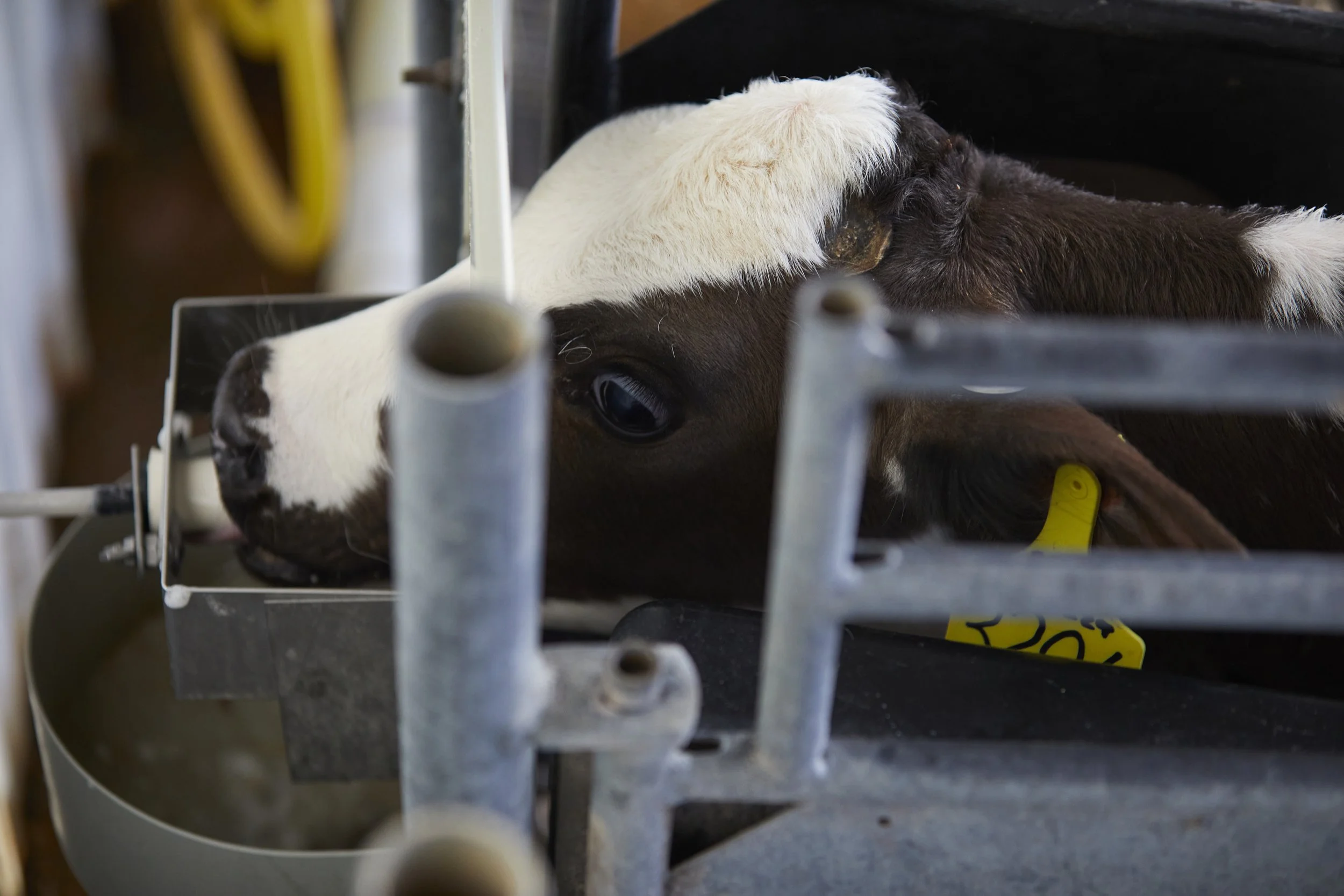Three Ways to Boost Nutrients for Preweaned Calves
Calves are a critical source of profitability for dairies. It is currently common for bred heifers to sell for $4,000 per head, and newborn beef-cross calves are bringing an amazing $1,000 apiece or more. Even in less extreme market conditions, calves supply the most modern genetics to the herd, and we know that caring for them well in their early life pays productivity dividends in their adult phase.
But capturing that potential requires that we feed them well. The old standard of “2 quarts of 20:20, twice a day” will not help them maximize their production capability. In fact, it will barely keep them alive.
There are three practical ways to deliver more nutrients to preweaned calves:
(1) Increase nutrient density – By switching from a 20% protein, 20% fat milk replacer to a 24:24 formulation, both the protein and fat are increased by 20%, and the total net energy goes up by about 30%. Many producers are achieving excellent growth and lean tissue development in their calves by feeding high-protein rations; for example, 28:20 or 28:22.
(2) Increase solids concentration – Feeding more powder in a solution keeps the volume the same but elevates total nutrients. For example, increasing milk replacer powder in the formulation from 16 ounces per gallon of water to 20 ounces per gallon raises the solids concentration from 12% to 15%. This boosts the nutrient density by 25%. To avoid raising the osmolality of the formulation too high and causing digestive problems, 15% is the recommended upper limit for solids content.
(3) Add more volume – Feeding the same formulation, but more of it, is the third way to dial up nutrients. Bumping volume from 2 quarts per feeding to 3 quarts, for example, increases dry-matter intake by 50%. This often is done in stages, starting newborns at 2 quarts per feeding, then increasing to 3 quarts at 1 week of age. Another way to deliver more volume is to add another feeding throughout the day. Farms that feed with pails or autofeeders have unlimited options for feeding more volume. Bottle-feeding presents more challenges and process changes, but 3-quart bottles have made it easier. It is conceivable that a farm would have an inventory of both 2- and 3-quart bottles, making it practical to feed 2, 3, or 4 quarts per feeding, depending on age and size of the calves.
These feeding changes also can be made in combination. For instance, you can feed higher solids and more volume, or more volume of a higher-nutrient formulation. Either approach would pack an additional punch of total nutrients. Increasing solids from 12% to 15% would raise nutrients by 25%, and raising the volume of that formulation from 2 quarts per feeding to 3 quarts adds another 50% more total feed, which lands in the neighborhood of 70% more total nutrients.
The question often arises: “How much can they drink?” Users of autofeeder systems report that with ad libitum, no-holds-barred feeding, calves will willingly drink 12-14 liters (~quarts) per day. One guide is to use the “20% rule” – feed a total liquid weight at 20% of the calf’s body weight per day. For a 100-pound calf, that would be 20 pounds, or about 2.25 gallons (9 quarts) per day.
As is often the case in animal production, there is more than one way to achieve success in feeding calves and provide them with the nutrients they deserve. Enhancing their diets will move them past basic maintenance and improve their health, efficiency, and lifetime performance. Consult with your nutritionist, veterinarian, or Strauss Feeds representative to develop a plan that best fits your operation, and optimizes the potential of your calves.




It takes hard work and considerable investment to create a newborn calf. So, when that calf hits the ground, we want to do everything we can to give it the best possible start to a healthy and productive life.